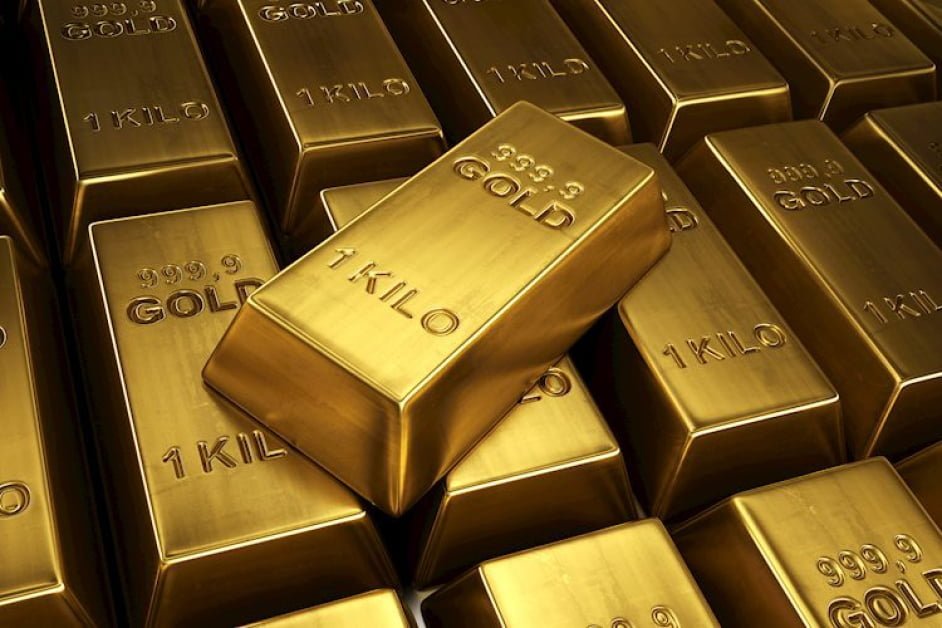After a period of 18 months of consistent gold purchases, the People’s Bank of China (PBOC) has made the decision to cease its buying activity in May. This unexpected move has left many market analysts surprised as they closely monitored China’s efforts to increase its gold reserves. The sudden halt in purchasing raises questions about China’s future gold acquisition strategy and its potential impact on the global gold market. In this article, we will delve into the factors that led to PBOC’s decision and the potential implications for the precious metal market.
The People’s Bank of China (PBOC) decided to pause its gold purchases for its reserves in May, marking the end of a significant buying spree that lasted for 18 months, as reported by Bloomberg. China’s central bank has been one of the most prominent gold investors for years, steadily accumulating bullion since 2022 amidst escalating geopolitical tensions. By the end of May, China held 72.80 million troy ounces of gold, consistent with the holdings at the end of April. The value of China’s gold reserves saw an increase to $170.96 billion by the end of May from $167.96 billion in April.
Market Reaction
At the time of reporting, the Gold price (XAU/USD) had risen by 0.12% to $2,296.
Gold FAQs
Gold has historically played a crucial role in human history, serving as a store of value and a medium of exchange. In addition to its aesthetic appeal and use in jewelry, gold is widely recognized as a safe-haven asset, making it a secure investment during turbulent times. Central banks hold the largest share of gold reserves, using them to strengthen their currencies and bolster economic stability. In 2022, central banks added 1,136 tonnes of gold worth approximately $70 billion to their reserves, marking the highest annual acquisition since records began. Emerging economies like China, India, and Turkey are rapidly increasing their gold holdings to enhance financial security.
The price of gold is influenced by various factors, including its inverse correlation with the US Dollar and US Treasuries, both of which are significant reserve and safe-haven assets. Geopolitical uncertainties or fears of a severe economic downturn can drive up the price of gold due to its safe-haven status. Gold prices tend to rise in environments of lower interest rates, as it is a non-yielding asset, while a strong US Dollar can suppress gold prices, as gold is priced in dollars (XAU/USD). It is essential to conduct thorough research and analysis before making any investment decisions, as investing in open markets carries inherent risks, including the potential loss of capital.
This content includes forward-looking statements that come with inherent risks and uncertainties. The information provided here is for informational purposes only and should not be considered as investment advice. Readers are encouraged to conduct their own research and due diligence before making any financial decisions. The views and opinions expressed in this article are those of the author and do not necessarily reflect the official stance of FXStreet or its advertisers. The author does not hold any positions in the stocks mentioned in this article and has no business relationship with any companies discussed.


